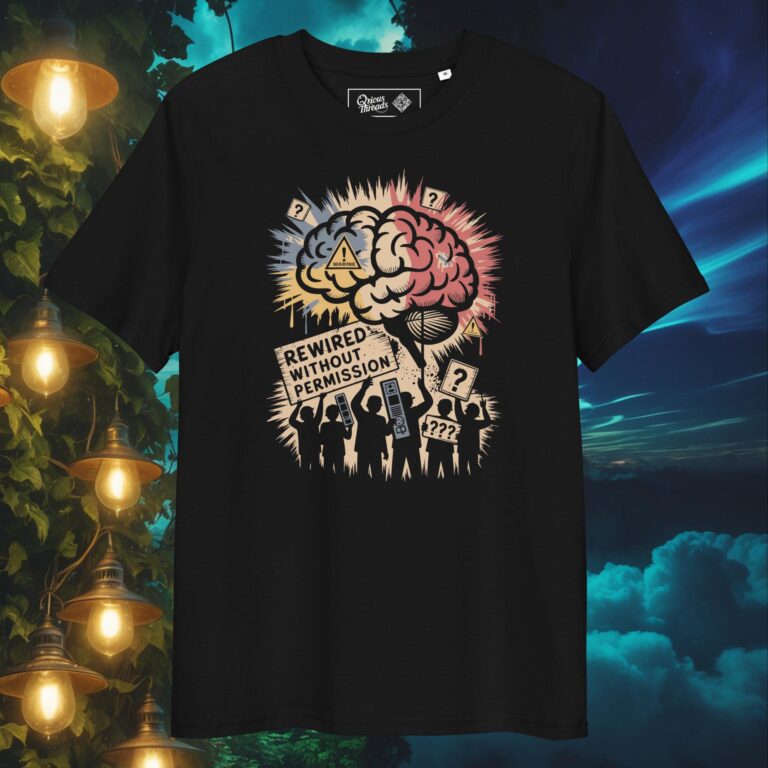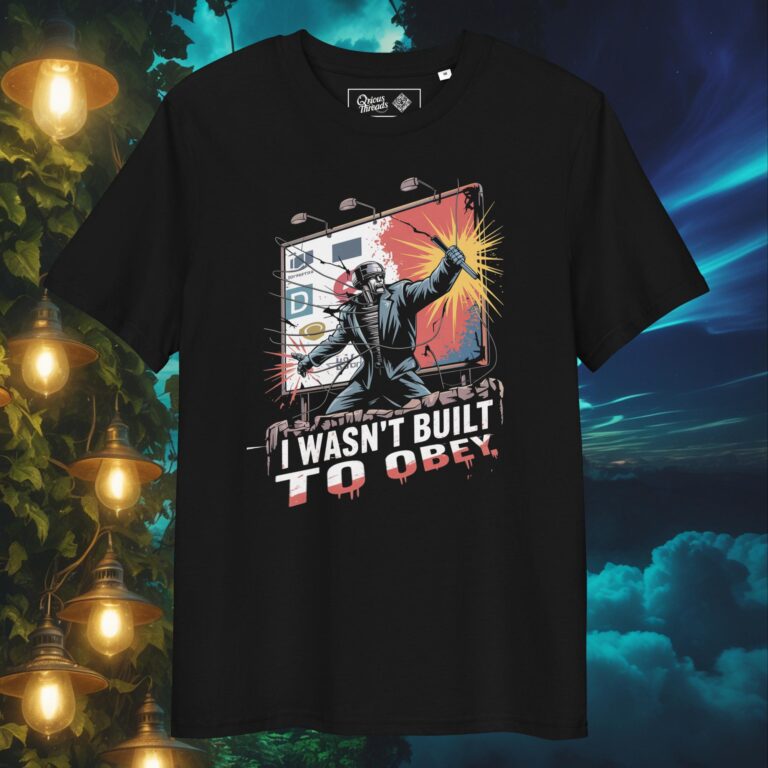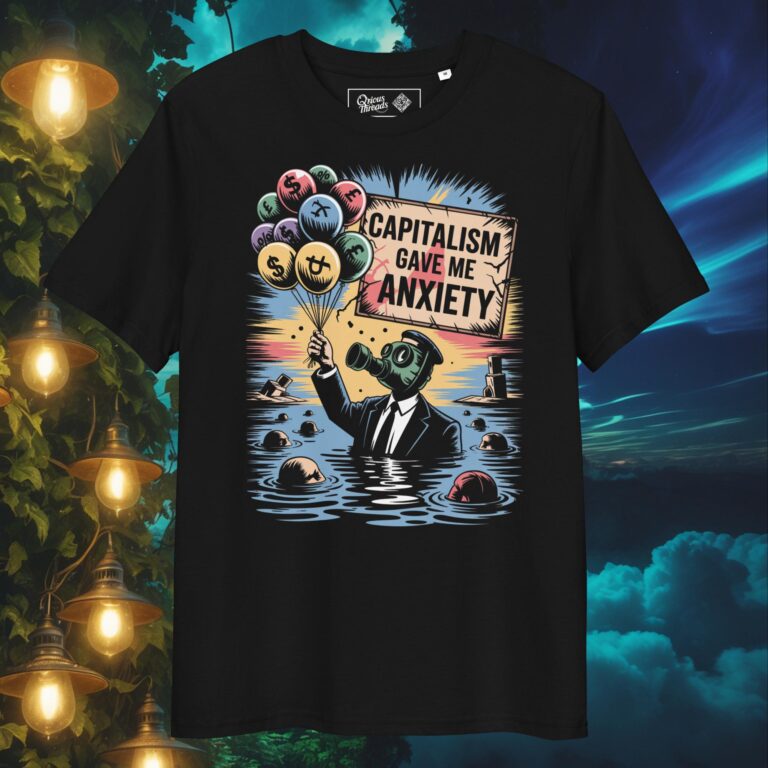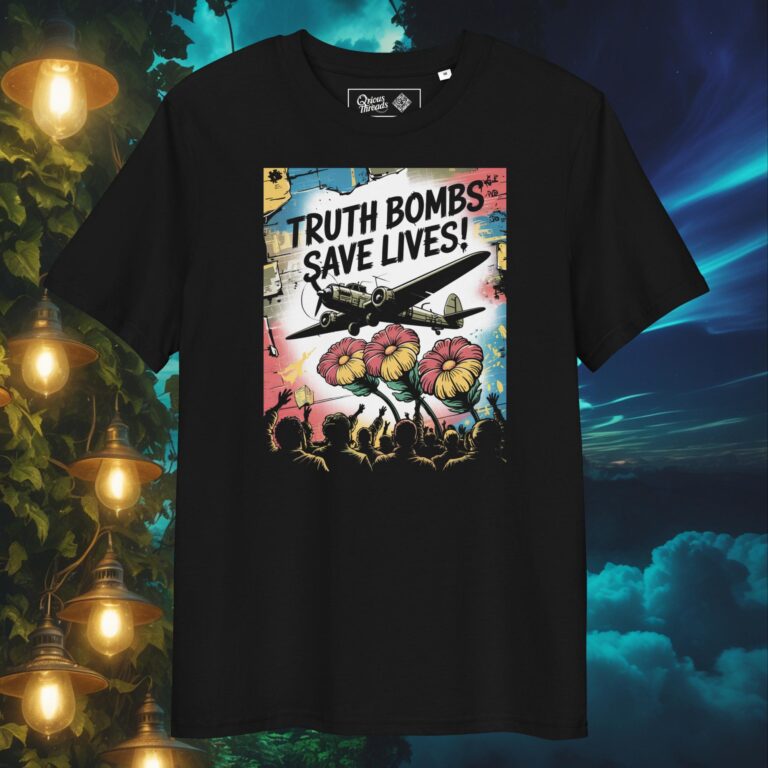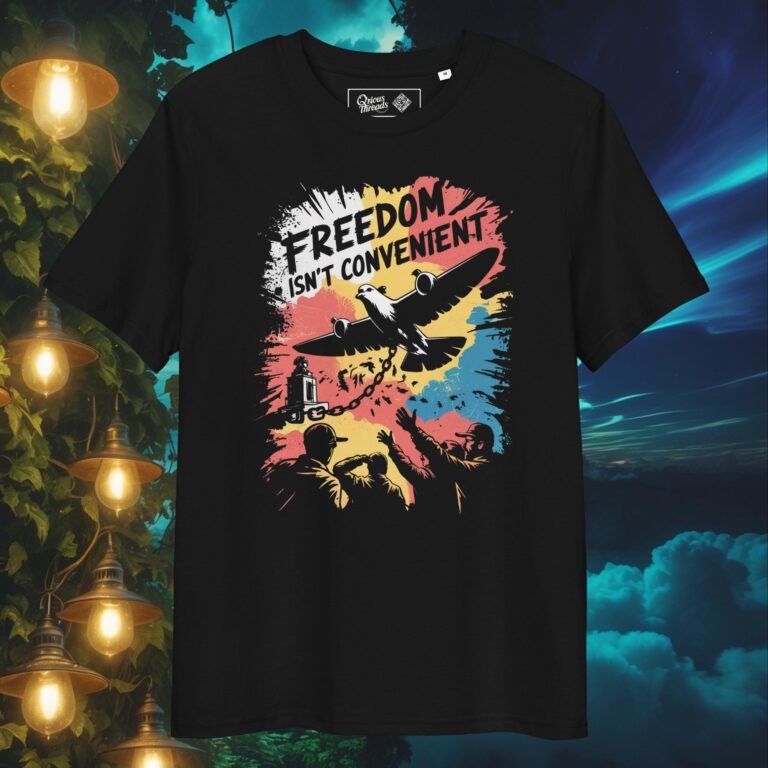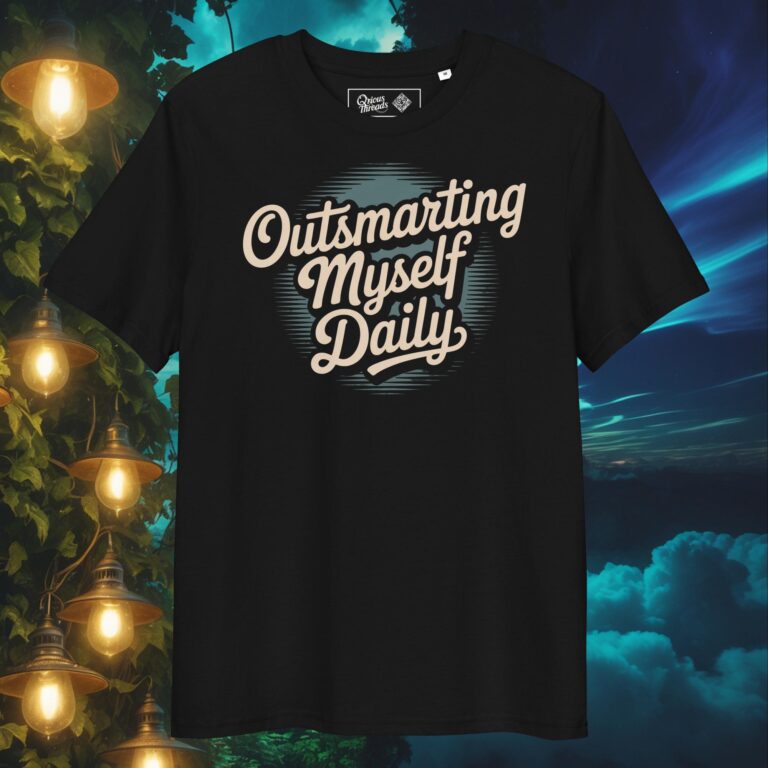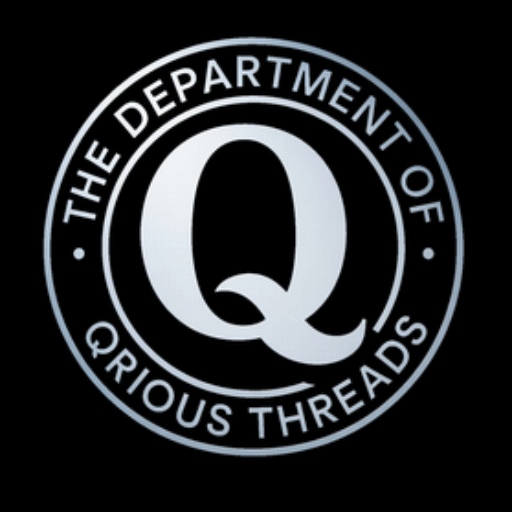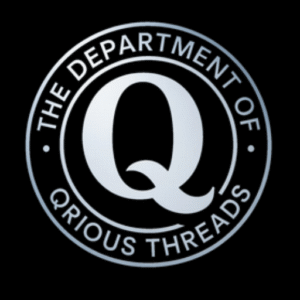Free Speech on The Platform
The laughter cut through the noise of the Indian railway station as Mark sat with his partner waiting for a train. The station was filled with a mix of locals and travellers when he overheard them, young Israelis, barely into their twenties, laughing with each over as they recounted their military service. But this wasn’t typical backpacker banter. They were enthusiastically describing the fun they had destroying homes, levelling whole areas, and creating the death of Palestinian families.

Mark, a British engineer, traveling through India with his partner, found himself frozen. How could they laugh about causing such suffering?
What he and his partner were witnessing wasn’t unique to any one conflict or nation, it was a window into one of humanity’s darkest psychological adaptations: the transformation of ordinary young people into those who can commit, witness, and even celebrate violence.
Mark later found this not to be an isolated incident and met other groups of young Israelis like this over his 3 months in India.
The Architecture of Dehumanisation
Every military in history has faced the same fundamental problem: human beings are neurologically wired with powerful inhibitions against killing their own species. Military psychologist Lt. Col. Dave Grossman found that in World War II, only 15-20% of soldiers actually fired at the enemy. By Vietnam, this had risen to 95%, not because humans had changed, but because training had.
Modern militaries use sophisticated psychological conditioning to override our natural empathy. The process begins early and operates on multiple levels, a kind of grooming that no parent should wish for their child:
When Words Become Weapons
How this can start to happen: Language as a Shield
- Enemies become “targets”
- Killing becomes “neutralising”
- Civilians become “collateral damage”
- Home demolitions become “creating sterile zones”
Dr. Dave Grossman, “On Killing”:
“Euphemisms are used to ease the psychological burden of killing, the enemy becomes a ‘target,’ and killing is called ‘servicing the target.’ This language creates distance between the act and the actor, making moral injury less immediate.”
(Grossman, D. (1995). On Killing: The Psychological Cost of Learning to Kill in War and Society.)
Dr. Janet McIntosh, linguistic anthropologist (interview):
“The language involved in killing and the risk of being killed… is designed to help the person wielding the violence cope with what they are being asked to do. Language can cloak the horror of violence, and that creates a psychological buffer.”
Interview link
Dr. Albert Bandura, moral disengagement:
“Language sanitises and neutralises destructive conduct, allowing people to separate their actions from moral self-sanctions.” (Bandura, A. (1999). Moral Disengagement in the Perpetration of Inhumanities. Personality and Social Psychology Review.)
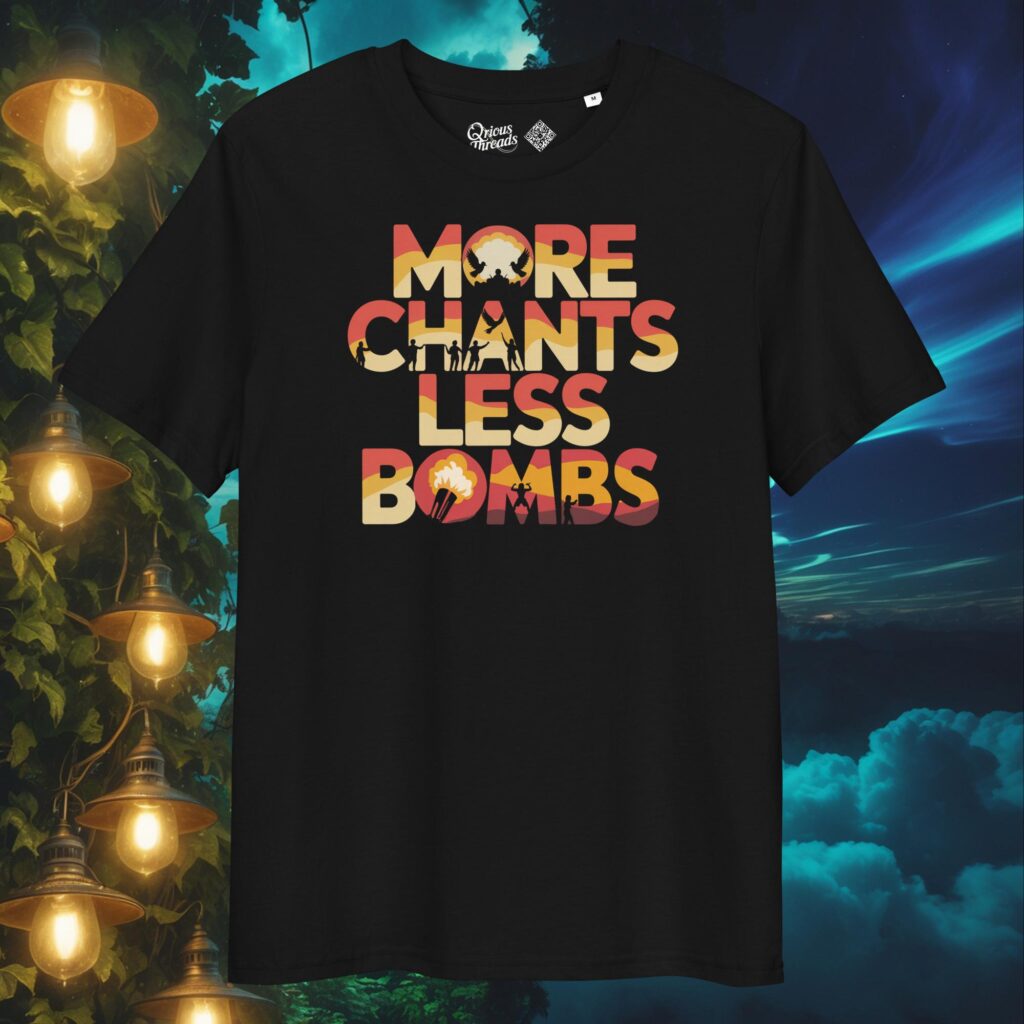
The Sound of Broken Souls
That laughter on the station platform? It’s rarely joy. Dr. Jonathan Shay, who worked with Vietnam veterans, identified “the absurd” as a common coping mechanism. When reality becomes too horrific to process, dark humour provides escape.
The Laughter That Masks Trauma
Military psychiatrists and survivors of conflict note that dark humour and laughter about terrible acts are rarely signs of callousness, they’re often shields, used to survive the unbearable. As Dr. Jonathan Shay explains in his work with veterans, these defence mechanisms delay the confrontation with the full reality of what’s been done, sometimes for years, sometimes for life.
This phenomenon crosses all boundaries. American soldiers made similar jokes after Abu Ghraib. Russian conscripts laugh about Chechnya. British troops about Northern Ireland. The laughter is universal; so is the hidden pain.
Manufacturing Monsters: A Step-by-Step Guide
How do societies create young people capable of demolishing homes with families inside, or shooting civilians? The process is remarkably consistent across cultures:
Early Conditioning
From childhood, the ‘enemy’ is dehumanised through:
- Educational curricula that emphasise historical victimisation
- Media that portrays the ‘other’ as fundamentally threatening
- Social segregation that prevents humanising contact
- Collective trauma narratives that justify pre-emptive violence
The Production Line of Compliance
Military training then accelerates this process:
- Repetitive drills that make violence automatic
- Group bonding that makes refusing orders feel like betrayal
- Graduated exposure, from minor violations to major atrocities
- Immediate peer reinforcement for aggressive behaviour
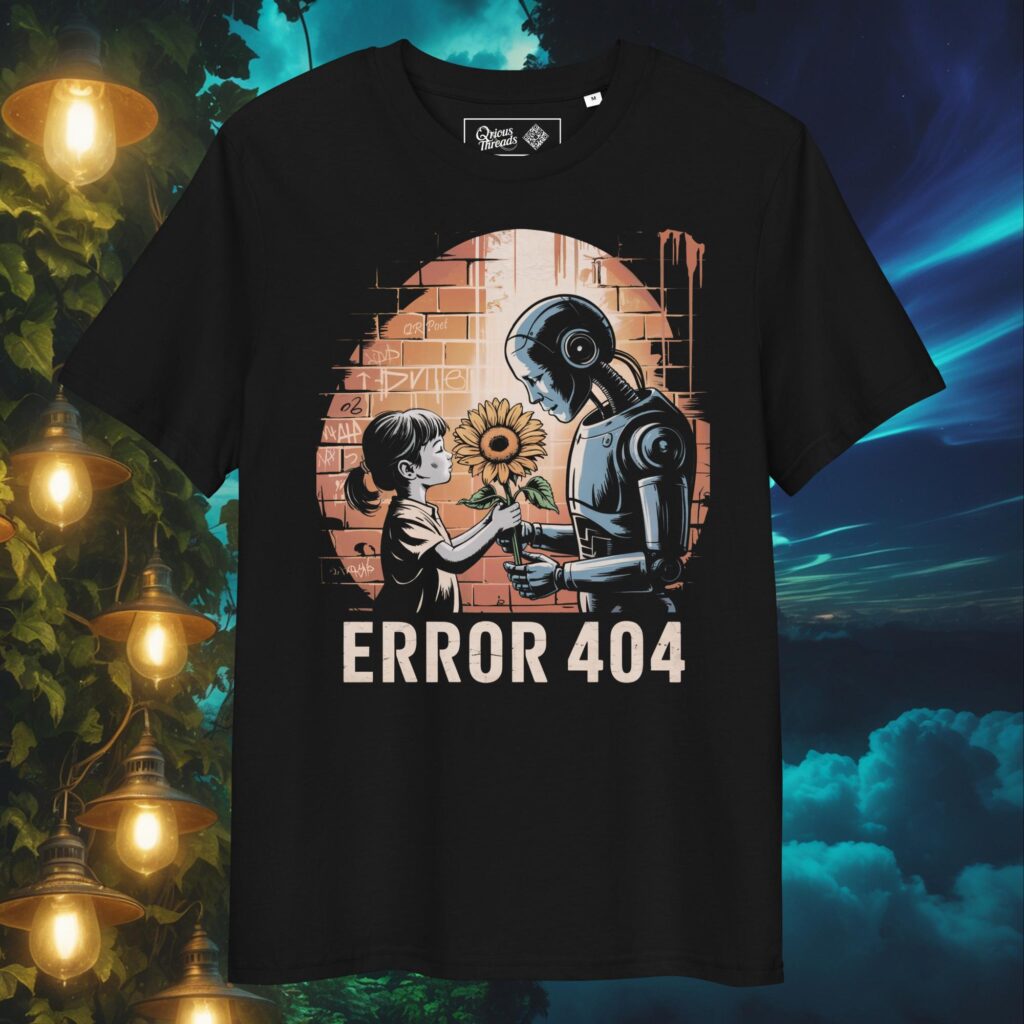
The Trap of Cognitive Dissonance
Once young soldiers participate in their first morally questionable act, cognitive dissonance kicks in. As Leon Festinger’s research showed, when our actions conflict with our self-image as good people, we don’t change our actions, we change our beliefs. After you’ve demolished your first home or killed a potentially innocent person, you have two choices: admit you’ve done something terrible, or convince yourself it was necessary. The psychological cost of admission is too high for most.
Breaking the Silence, Breaking Down
Some do eventually confront what they’ve done. Organisations like Breaking the Silence in Israel, Veterans for Peace in the US, and similar groups worldwide are filled with former soldiers struggling to reconcile their actions with their awakening conscience.
“I saw a little girl, not much older than my niece, clutching a doll as bulldozers destroyed her home. I’d always told myself we were fighting ‘terrorists’, but that day, looking into her eyes, the whole story fell apart. I realised I’d built emotional walls just to cope, but they were crumbling.”
Anonymous Israeli soldier, Breaking the Silence testimony
The psychological cost of this awakening is severe. Studies show that moral injury, the damage done by perpetrating acts that violate one’s conscience, can be more psychologically devastating than being victimised.

The Other Side of the Wall
While young soldiers struggle with what they’ve done, Palestinian families live with what’s been done to them.
Dr. Samah Jabr, a Palestinian psychiatrist and Chair of the Mental Health Unit at the Palestinian Ministry of Health has said:
“Experiencing such horrors does not easily fade away for children and families. They grow up with chronic traumatic stress disorder, with no sense of safety, unable to trust the world around them.”
Dr. Samah Jabr, interview with The Guardian, April 14, 2024
The cycle perpetuates itself. Traumatised Palestinian children grow up in a system that can channel their pain into violence. Traumatised Israeli children grow up in a system that channels their fear into aggression. Both societies produce young people primed to continue the cycle.
The Universal Pattern
This isn’t a story unique to Israel-Palestine. The same psychological mechanisms created:
- American soldiers who collected ears in Vietnam
- Serbian forces who laughed during ethnic cleansing
- Rwandan Hutus who killed neighbours they’d known for years
- British soldiers who tortured in Kenya
Dr. Philip Zimbardo, of Stanford Prison Experiment fame, writes: “Evil is not about bad apples. It’s about bad barrels, systems that transform ordinary people into perpetrators.”
The Technology of Conscience
Yet resistance is possible. Throughout history, some individuals have refused:
- Israeli refuseniks who choose prison over serving in occupied territories
- American soldiers who exposed Abu Ghraib
- German officers who refused to participate in Holocaust atrocities
What makes these individuals different? Research suggests several factors:
- Early exposure to diverse perspectives
- Strong individual identity separate from group identity
- Moral exemplars who model resistance
- Psychological distance from propaganda systems

Healing the Perpetrators, Healing the System
Dr. Pumla Gobodo-Madikizela, who served on South Africa’s Truth and Reconciliation Commission, argues that healing requires confronting hard truths: “Perpetrators are also victims, of systems that corrupt human conscience. This doesn’t absolve them, but understanding it is essential for breaking cycles.”
Successful interventions share common elements:
- Safe spaces for perpetrators to confront their actions
- Restorative justice that acknowledges harm
- Systemic changes that prevent future indoctrination
- Integration rather than isolation of former perpetrators
The Path Forward
Those young Israelis laughing in India? In ten years, some will be activists for peace. Others will bury their trauma deeper. A few may take their own lives, unable to bear the weight of what they’ve done.
The question isn’t whether they deserve compassion, it’s whether we can build systems that don’t mass-produce moral injury. As Dr. Shay writes: “When we send young people to do terrible things, we create two victims, the one who suffers and the one who inflicts suffering.”
Breaking this cycle requires:
- Educational systems that humanise rather than demonise
- Military training that maintains moral boundaries
- Social support for those who refuse to participate
- Truth and reconciliation processes that acknowledge all suffering
Beyond the Laughter
That laughter in the station masks a profound tragedy, not just the destroyed homes and shattered families, but the spiritual destruction of those who did the destroying. Every society that creates such soldiers ultimately pays the price in addiction, suicide, domestic violence, and intergenerational trauma.
The path forward isn’t through hatred of these young people, but through understanding the systems that created them. Only by recognising how ordinary people become capable of extraordinary evil can we build societies that preserve rather than corrupt human conscience.
As Holocaust survivor Primo Levi warned: “Monsters exist, but they are too few in number to be truly dangerous. More dangerous are the common men, ready to believe and act without asking questions.”
The question for all of us is: What systems are we supporting that turn our children into people who can laugh about others’ suffering? And what are we doing to stop it?


















